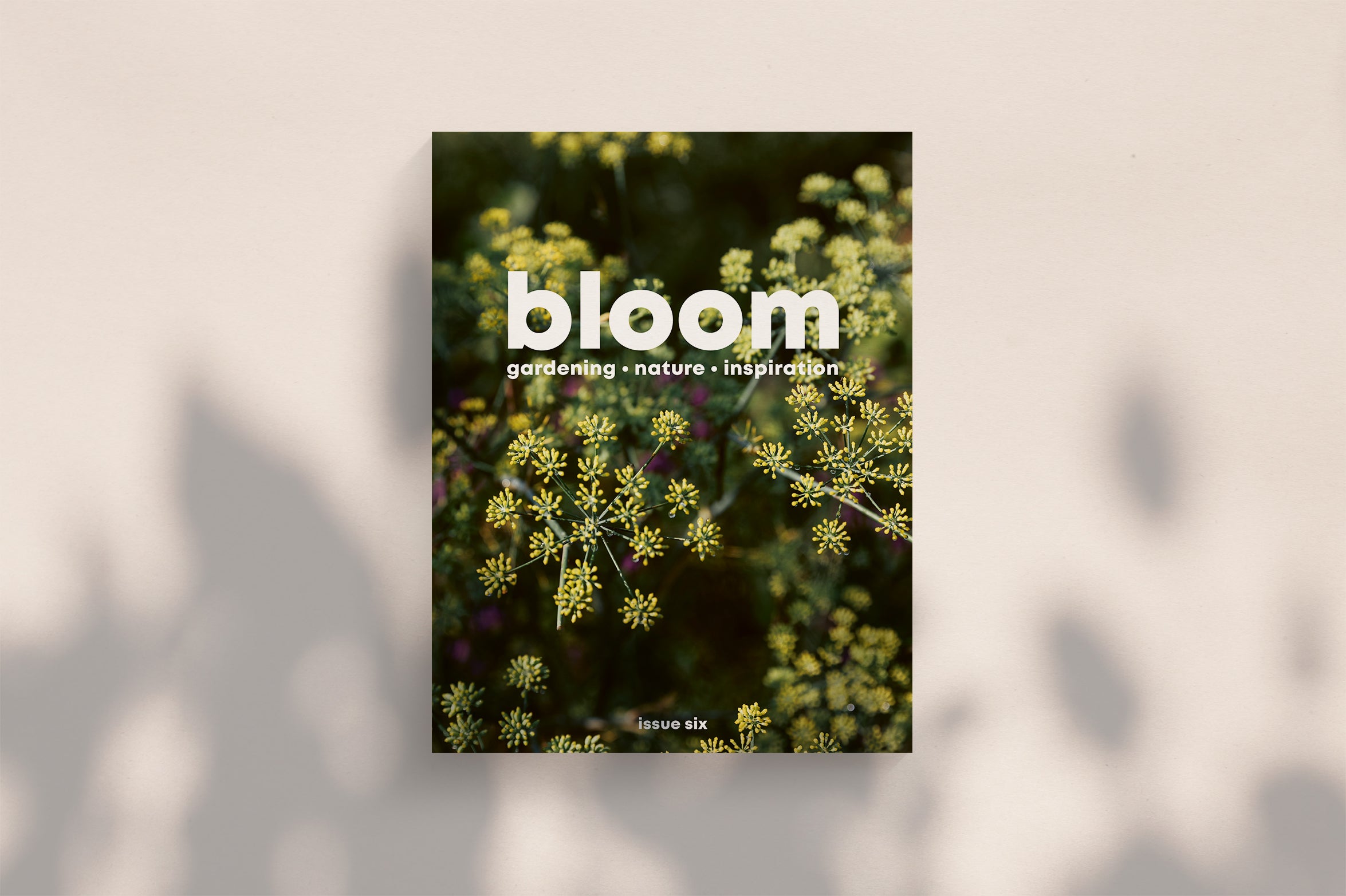Tillandsia bergeri is one of the most forgiving species, tolerant of a wide range of light and moisture levels. It’s a robust plant that produces offsets (baby plants) readily, bulking up relatively quickly to form an impressive clump.
As the common name suggests, the ‘giant’ air plant Tillandsia fasciculata is a biggie, easily growing to 40–60cm. It makes an impressive individual specimen or can form part of a larger display, though the somewhat brittle leaves mean that careful handling is key.
At the other end of the scale is the diminutive Tillandsia ionantha. This is one of the most commonly available species and its dense, short, grey-green leaves are reminiscent of a sea anemone, especially at flowering time when the 10cm rosette flushes neon red and pink. It freely multiplies with offsets that can be detached as new air plants.
Tillandsia tectorum is a small, slow-growing species that needs bright light and a light misting every two to three weeks. The icy white trichomes on this desert native are long and feathery, designed to capture early morning dew, giving it the appearance of a
large snowflake.
With long grass-like leaves, Tillandsia juncifolia has an unusual aesthetic. The greenish foliage is narrow and needle-like, fanning out from a bulbous base and flushing red towards the tips, eventually forming an impressive clump 50cm tall.
The demand for Tillandsia xerographica is such that plants have been stripped from the wild, leaving it critically endangered, so check the one you’re buying is from cultivated stock. It’s an impressively large species with a nest-like rosette of broad silvered leaves tapering to a point, often twisting wildly along their length. It originates from a dry climate and prefers to be misted rather than soaked. It also likes high light levels, enjoying direct sun in mornings and evenings, with protection from intense midday sun.
Commonly known as Spanish moss, though neither a moss or from Spain, Tillandsia usneoides can be seen draping from trees in the deep
south of the US, and its feathery curtains are a common sight in moist areas of Mexico, Central America and the Caribbean. It’s known by Native Americans as ‘itla-okla’, which translates as tree hair.
Tillandsia caput-medusae (the name a fitting reference to Greek mythology’s Medusa and her writhing serpents) enjoys a very bright but indirect exposure, though can take morning or late evening sun. The presence of the grey fuzzy trichomes are a clue that it has lower water requirements than others, and is normally happy with frequent misting rather than a prolonged soak. Just ensure the water does not collect in the bulbous base as this will quickly lead to rotting.
AIR PLANT CARE TIPS
When soaking or misting your air plants, using rainwater is recommended. You can collect this in a bucket outside and bring it to room temperature indoors before submerging any plants – they don’t like to feel chilly. Tap water is fine to use in areas where hard water isn’t a problem. If you have hard water, leave a bucket of tap water to sit for 24 hours to allow the chlorine to evaporate.
Most air plants benefit from being submerged in water for a few hours every week during summer. In winter, do this fortnightly. After their soaking, it’s really important to turn your air plant upside down and shake fairly vigorously to remove any water around the base of the leaves – stagnant water can lead to rotting.
Mist plants between watering, and occasionally add an orchid feed to your spray bottle to encourage growth.
Although tolerant of a wide range of temperatures, these plants should be kept above 8°C in winter. I give mine a holiday outdoors over summer, placing them in dappled shade during the day if the weather is warm and dry. They relish air movement and even a little warm rainfall.
Tillandsias often come pre-mounted on driftwood, or in a nod to the 80s, glued to seashells. However, I tend to place mine on other plants, or arrange in shallow dishes that complement their architectural form.









